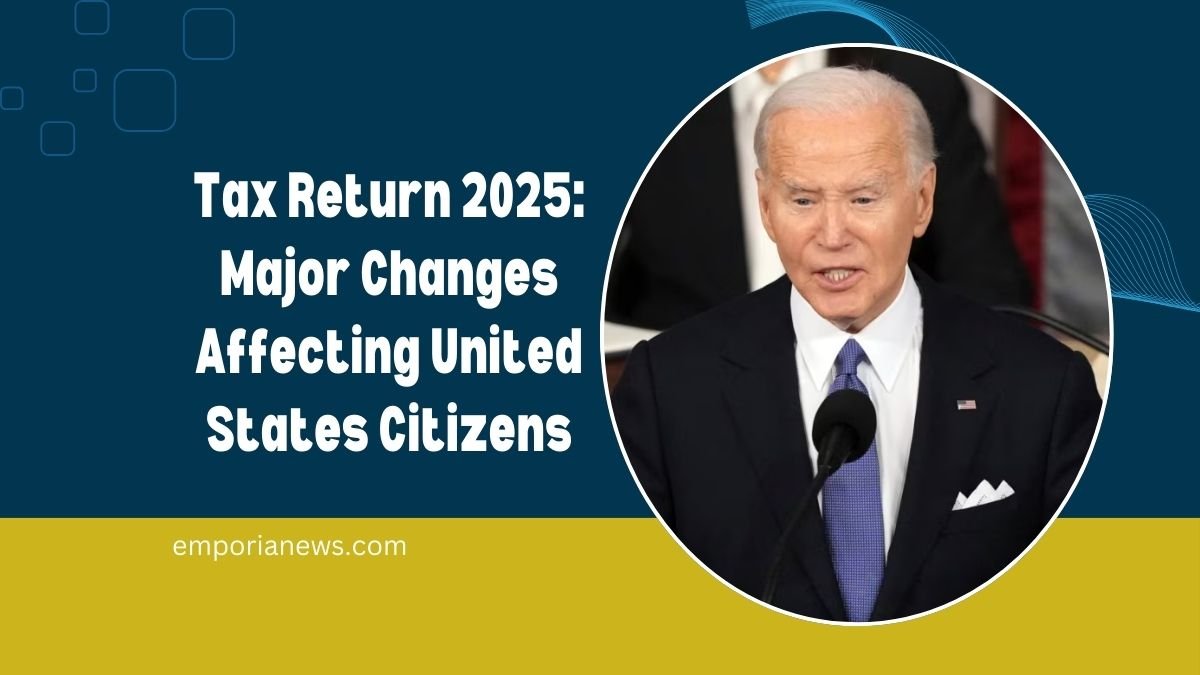The IRS has announced significant updates to tax returns for 2025, impacting millions of Americans. Staying informed about these changes is crucial, as they directly influence annual income and the taxes owed. Ignoring these updates could lead to miscalculations, so understanding the new rules is vital for accurate tax filing.
These changes could be beneficial for many taxpayers, as adjustments like increased tax brackets and higher deduction limits may lead to reduced tax liabilities. Below is an in-depth look at the five key changes.
Key IRS Tax Return Changes for 2025
1. Standard Deduction Increases
For 2025, the IRS has raised the standard deduction across all filing statuses, reflecting efforts to ease tax burdens. These adjustments allow taxpayers to shield more income from taxation:
| Filing Status | 2025 Deduction | Increase |
|---|---|---|
| Single Filers | $15,000 | +$400 |
| Married Couples Filing Jointly | $30,000 | +$800 |
| Heads of Household | $22,500 | +$600 |
These increases ensure that more income remains untaxed, offering financial relief to many Americans.
2. Adjustments to Tax Brackets
The IRS tax brackets have been modified to account for inflation, allowing taxpayers to earn more before entering higher tax brackets. Key changes include:
- The top tax rate of 37% will now apply to income over:
- $626,350 for single filers.
- $751,600 for married couples filing jointly.
These updates mean taxpayers may find themselves in lower brackets than before, reducing their overall tax liability.
3. Changes to Tax Credits
Enhanced tax credits bring additional benefits to many taxpayers:
- Earned Income Tax Credit (EITC): Maximum credit amounts will increase, offering greater financial support to eligible low- to moderate-income workers.
- 401(k) Contribution Limits: Limits rise by $500, with individuals aged 60 to 63 allowed to make additional contributions of up to $11,250.
These changes aim to encourage retirement savings and provide tax relief for eligible earners.
4. Alternative Minimum Tax (AMT) Adjustments
The Alternative Minimum Tax (AMT) exemption thresholds have been updated, offering relief to many taxpayers who were previously subject to this additional tax. The new exemption levels are:
- $88,100 for single filers.
- $137,000 for married couples filing jointly.
These adjustments help reduce the AMT’s reach, especially for middle-income households.
5. State and Local Tax (SALT) Deductions
The $10,000 cap on SALT deductions remains unchanged for 2025. While this limit has been a point of contention, it continues to apply to taxpayers who itemize deductions. Understanding this cap is essential for planning state and local tax payments.
Why These Changes Matter
For most Americans, these updates signify an opportunity to save money. By raising the standard deductions and adjusting tax brackets, the IRS is effectively reducing the tax burden for many individuals and families. However, to maximize these benefits, taxpayers must familiarize themselves with the changes and plan accordingly.
FAQs
What are the main benefits of the 2025 tax updates?
The primary advantages include higher standard deductions, inflation-adjusted tax brackets, increased tax credits, and updated AMT exemptions. These changes aim to reduce tax burdens and encourage retirement savings.
Will all taxpayers benefit from these updates?
Not every taxpayer will see direct benefits, but a significant portion will experience reduced tax liabilities due to the changes in brackets, deductions, and credits.
How do I know if I qualify for the increased EITC?
Eligibility for the Earned Income Tax Credit depends on income levels, filing status, and the number of dependents. Check the IRS guidelines or consult a tax advisor for precise details.




